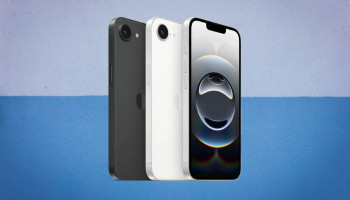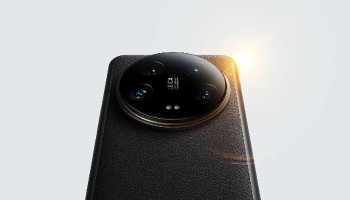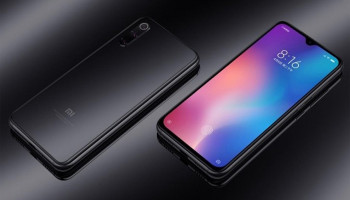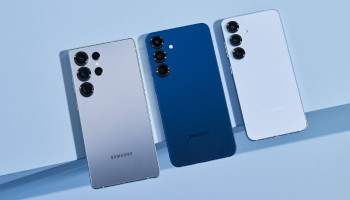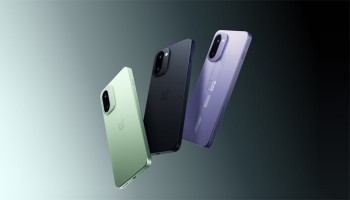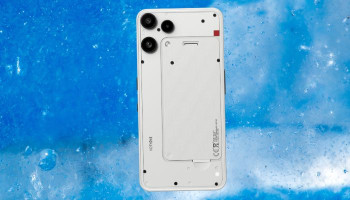
Over the past few years, the utilisation of performance-tracking devices has completely revolutionised the training and competition methods for athletes in the NFL. These devices have become invaluable tools for coaches and sports scientists, offering them access to vital data that aids in optimising player performance, minimising injury risks, and gaining a competitive advantage.
Functions of mobile devices
Monitoring workload and fitness insights
By employing performance tracking devices like Catapult and Zebra Technologies, coaches and sports scientists can effectively monitor an athlete's workload and gain deep insights into their fitness levels. Valuable metrics such as running distance, speed, and exerted force can be tracked, enabling adjustments in training loads to reduce injury risks and enhance overall performance. This valuable information not only optimises player performance but also has the potential to impact NFL outcomes.
Enhancing technique and form analysis
Apart from workload monitoring, these devices also serve as excellent tools for technique and form analysis. For instance, Blast Motion can provide detailed data on an athlete's swing speed, bat path, and time to contact, allowing coaches and sports scientists to identify specific areas for improvement in technique. Similarly, STATSports Apex and Catapult can offer insights into acceleration and deceleration patterns, enabling coaches to analyse movement patterns and identify areas that require form enhancement.
Real-time feedback for performance optimisation
Real-time feedback is another significant advantage provided by performance-tracking devices. Devices like Polar Team Pro enable coaches and sports scientists to monitor an athlete's heart rate in real-time, allowing for immediate adjustments in training intensity and ensuring optimal performance levels are maintained.
Identifying and mitigating injury risks
Performance-tracking devices also play a crucial role in identifying potential injury risks. With the assistance of Catapult and Zebra Technologies, coaches can closely monitor player workloads and movement patterns, swiftly identifying individuals who may be at risk of overuse injuries. Moreover, Polar Team Pro aids in identifying players who may be prone to developing cardiovascular issues.
Managing data and real-time analysis
However, a significant challenge associated with these devices lies in managing the vast amounts of data they generate. Coaches and sports scientists must possess the ability to efficiently analyse this data to make well-informed decisions. To address this challenge, various companies are developing software platforms that facilitate real-time visualisation and analysis of the data.
Athlete acceptance and collaboration
Another hurdle to overcome is gaining athlete acceptance and cooperation in using performance-tracking devices. Some athletes may exhibit resistance due to concerns about constant monitoring of their actions. Coaches and sports scientists must tackle this issue by educating athletes about the benefits of these devices and ensuring that their usage respects privacy and autonomy.





